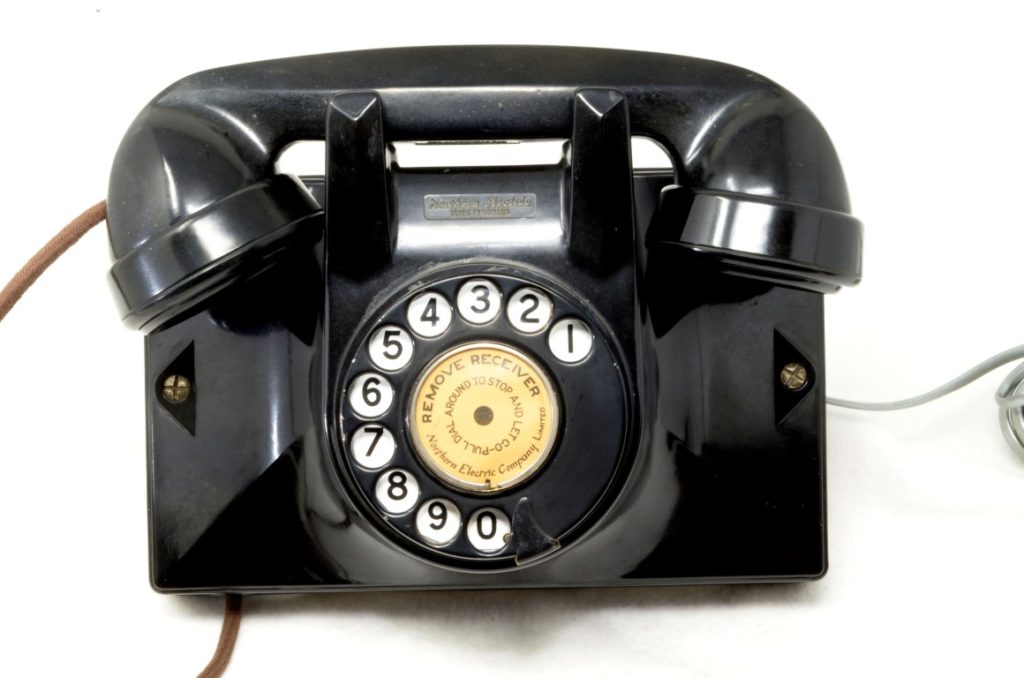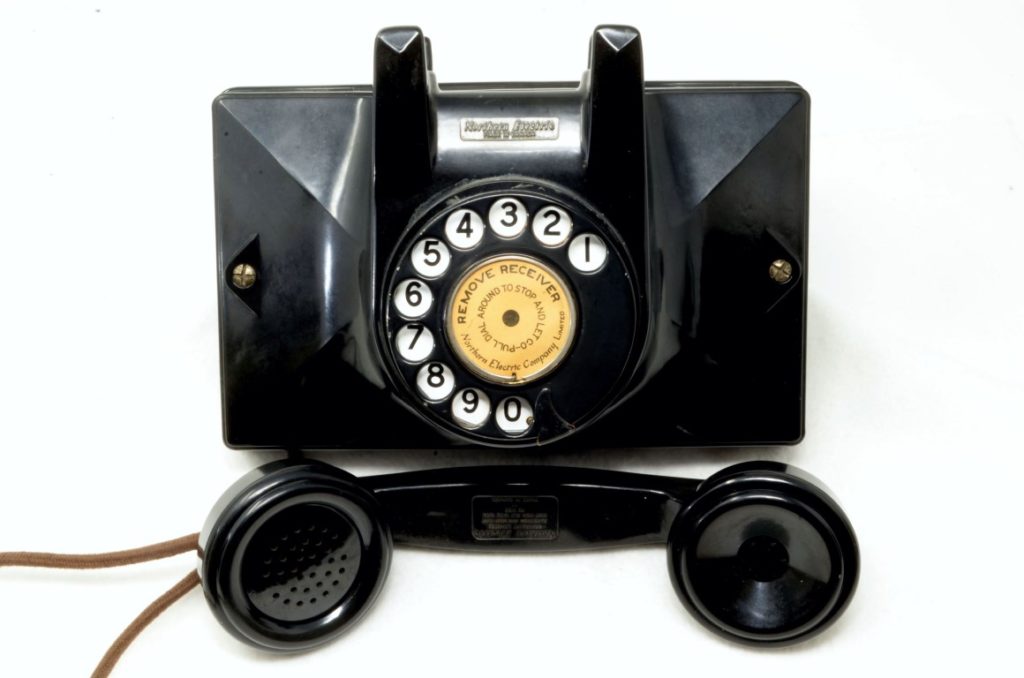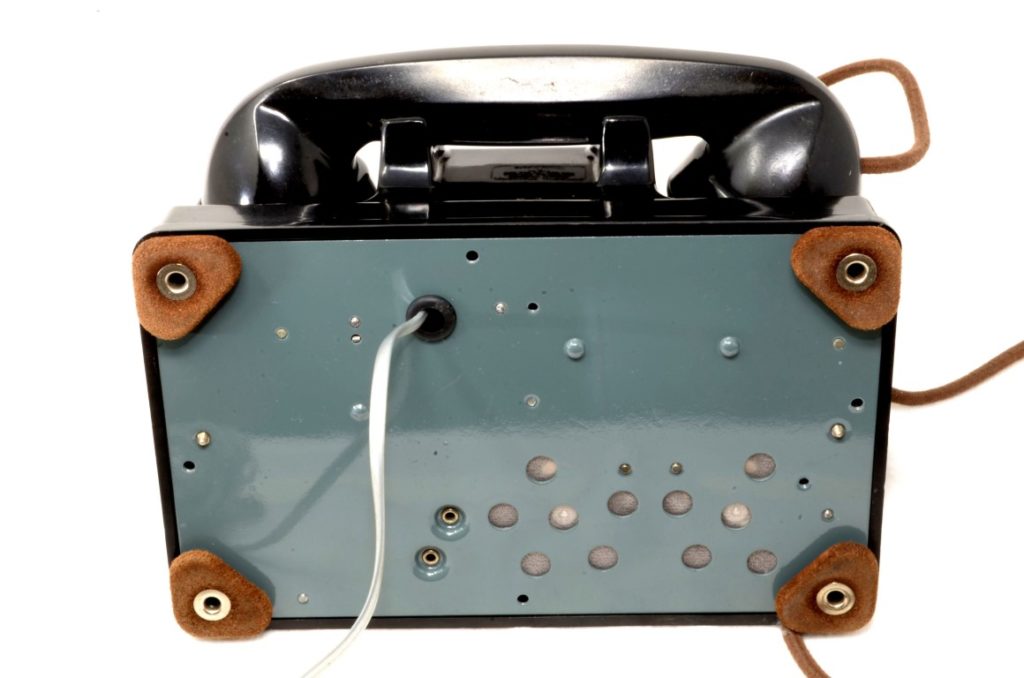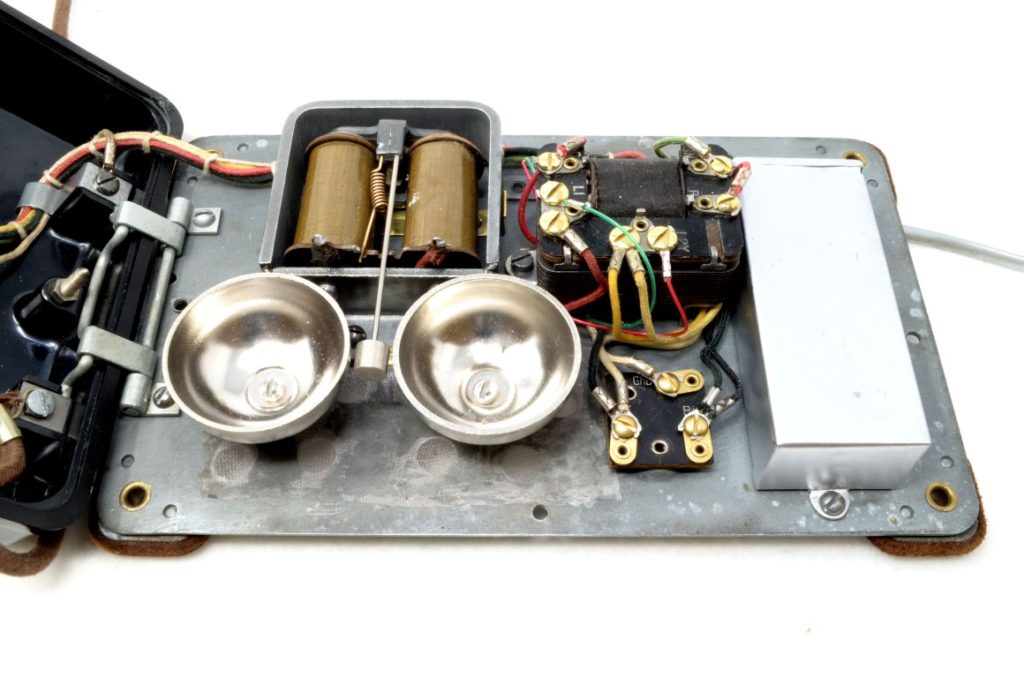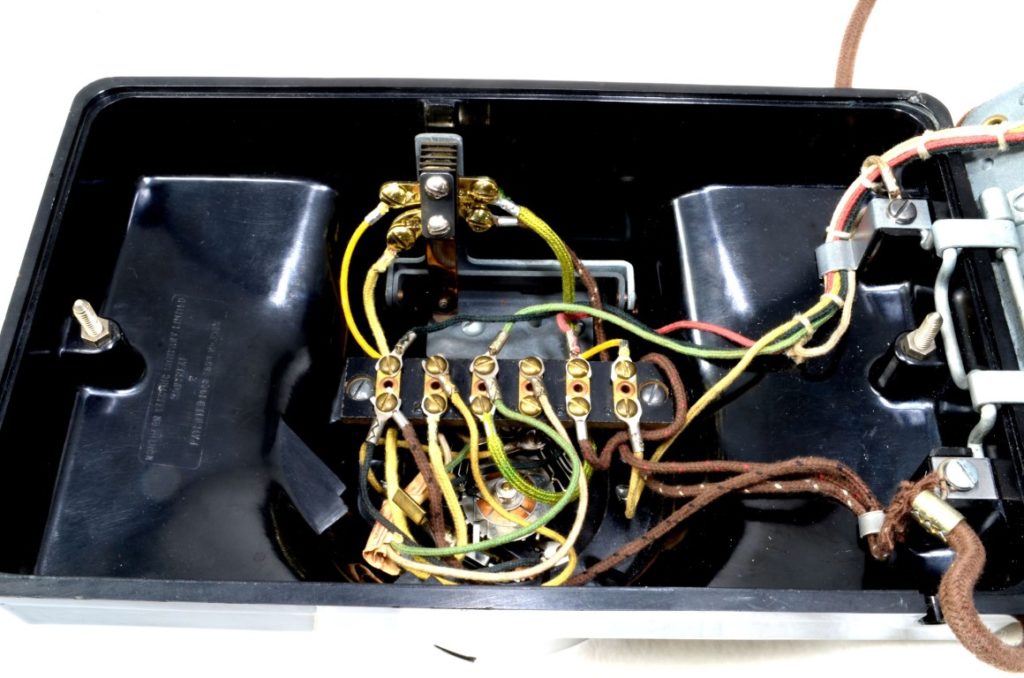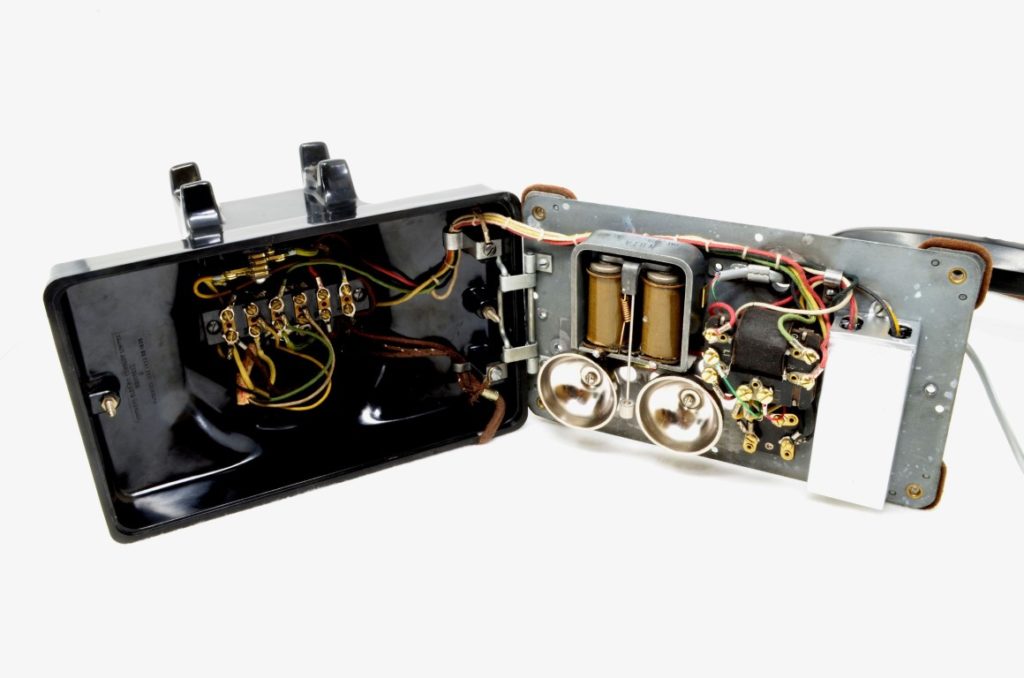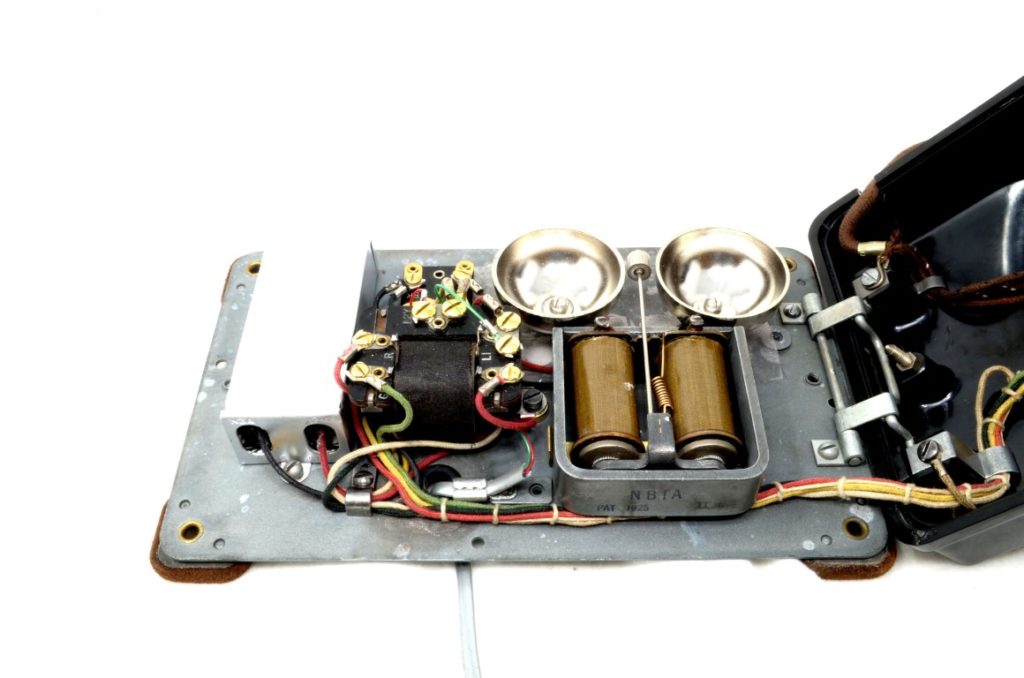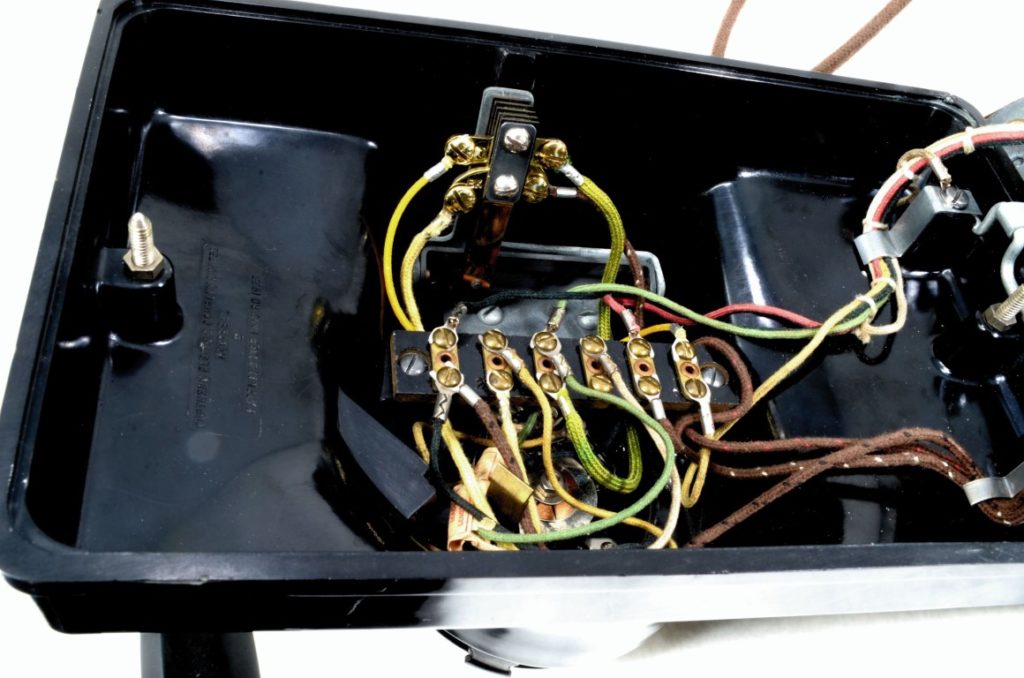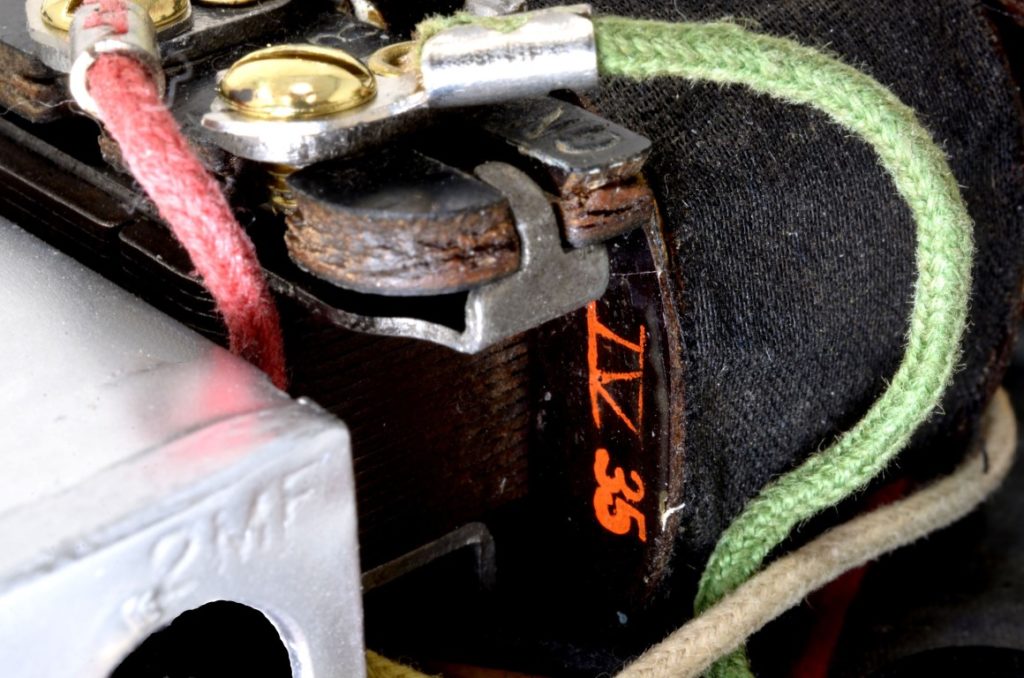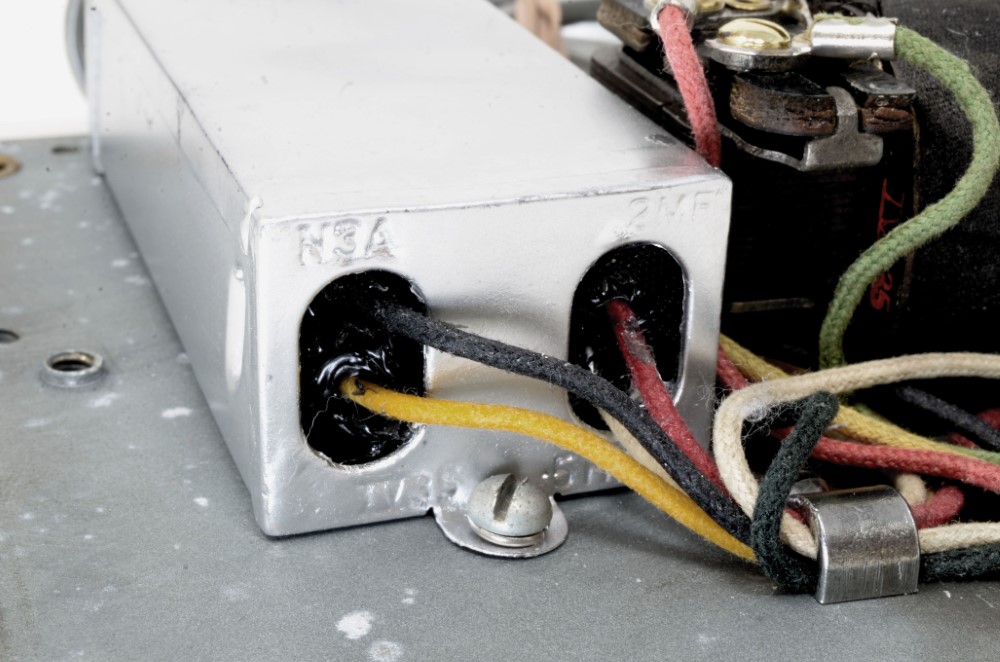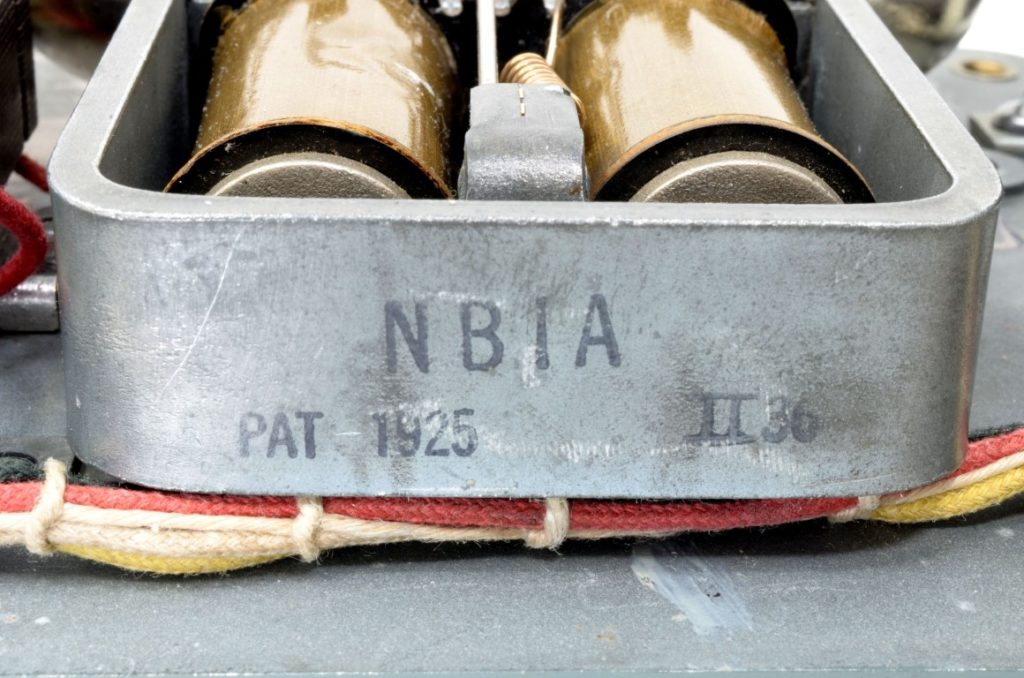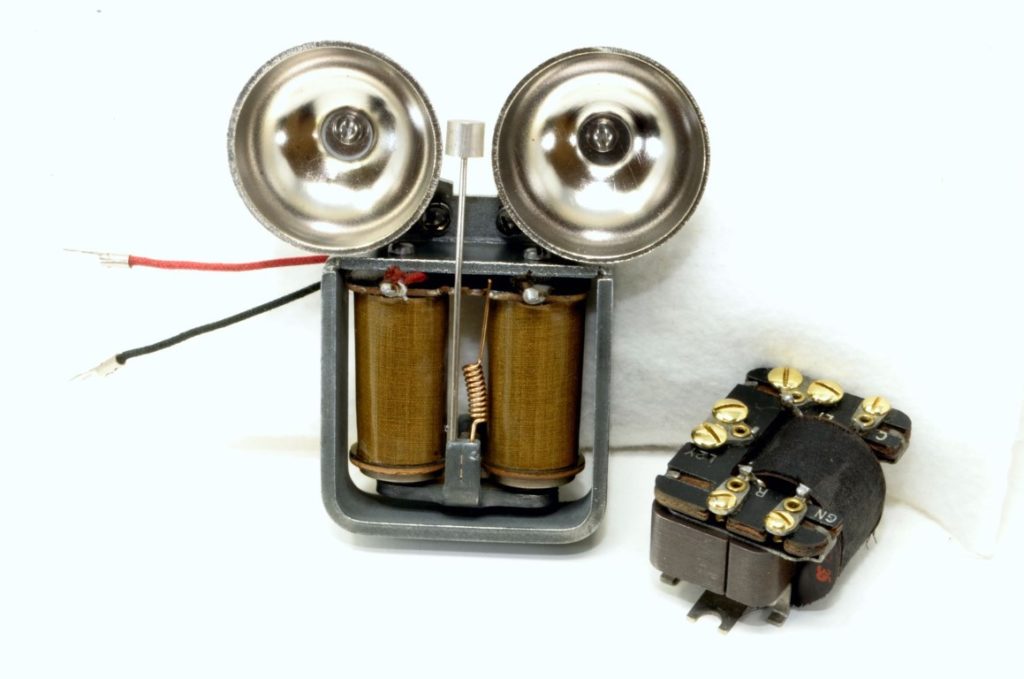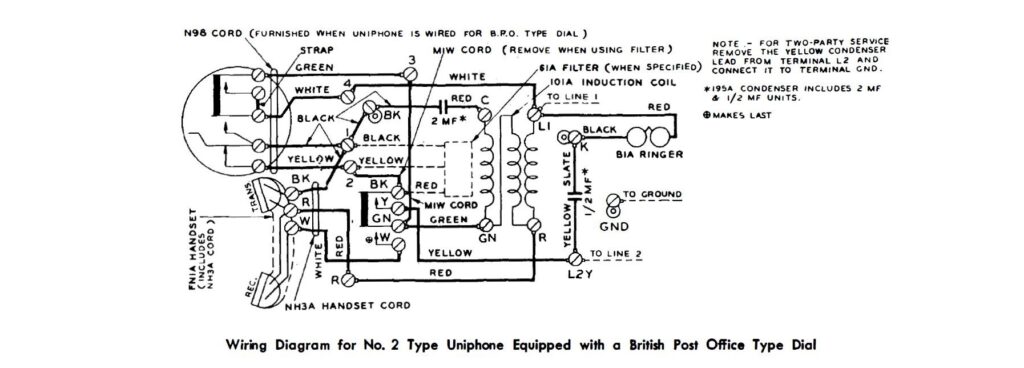This early Northern Electric #2 Uniphone is equipped with a UK GPO #10 dial.
It also has the NF handset with the D96337 transmitter. The “D” prefix in the part number usually indicates that it was a design or development model, not intended for mass production. These parts were often used for testing, prototyping, or verification purposes and are not usually found in the final product.
The Northern Electric Uniphone was sent for testing to the Bell Telephone Company of Canada headquarters in Montreal in June 1935 and went into general production in September of that year. It was offered with three dials: the Northern Electric N14 dial, the Automatic Electric type 24 dial, and the UK BPO No. 10 dial.
The Uniphone was used by Independent Telephone Companies. The Bell Telephone Company of Canada did not use the Uniphone, opting instead, to wait until Western Electric released the 302 for general production.
As found at a local Thrift Shop
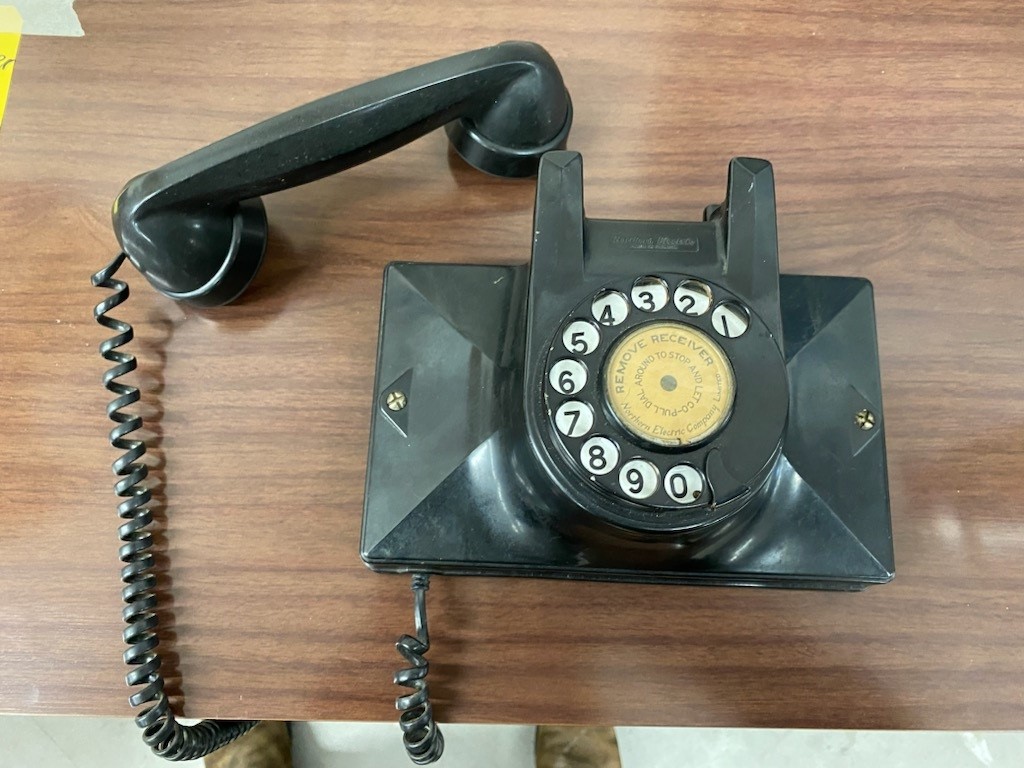
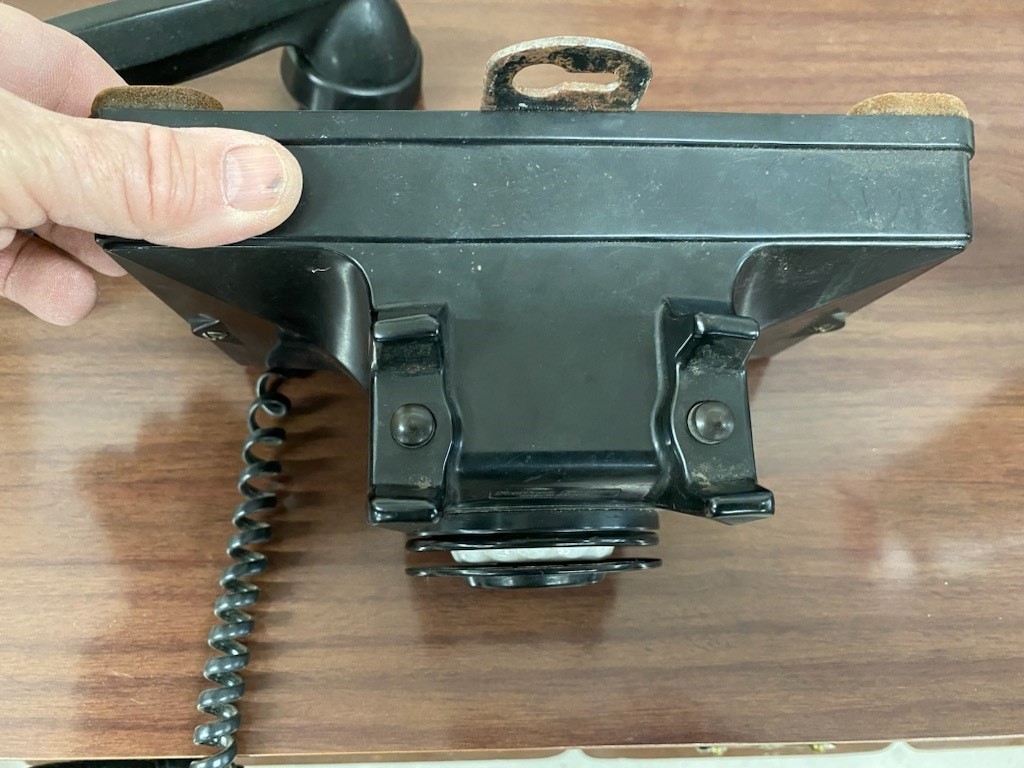
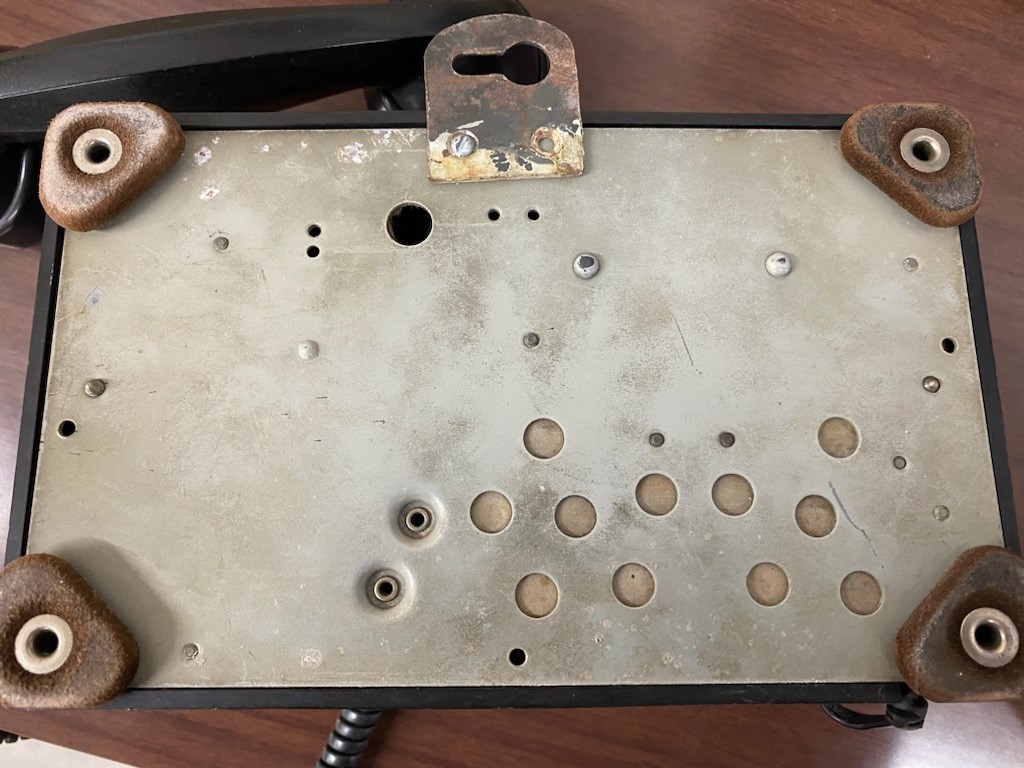
1935-36 Uniphone tore down showing dates and markings. Cleaned up very well.
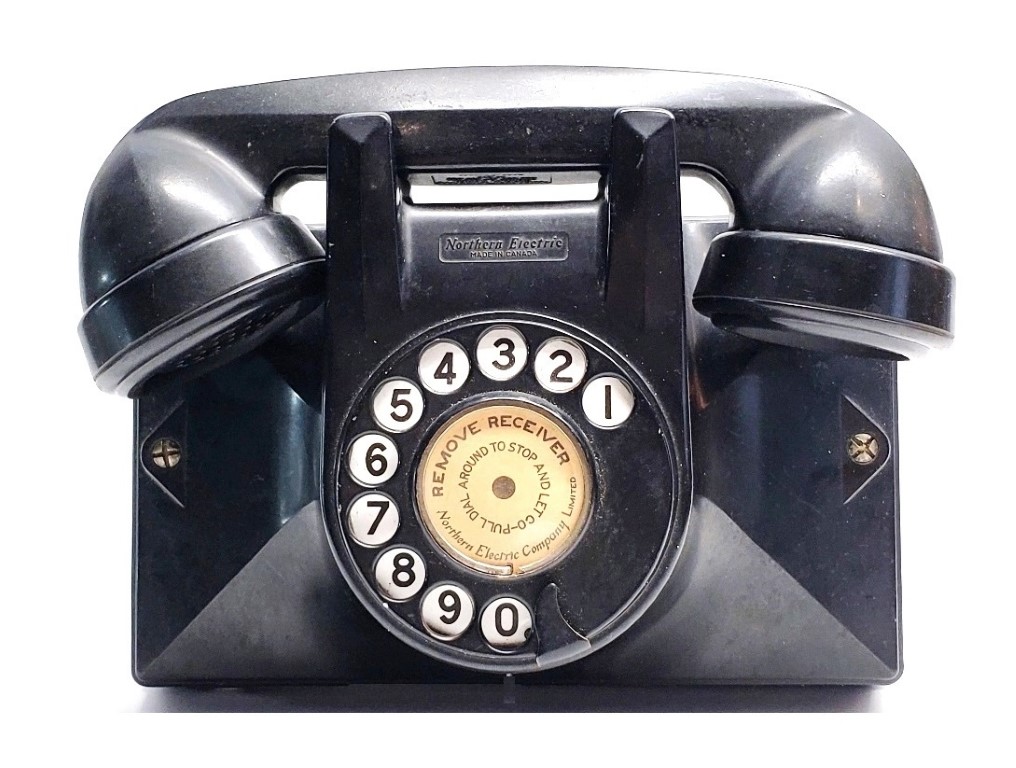
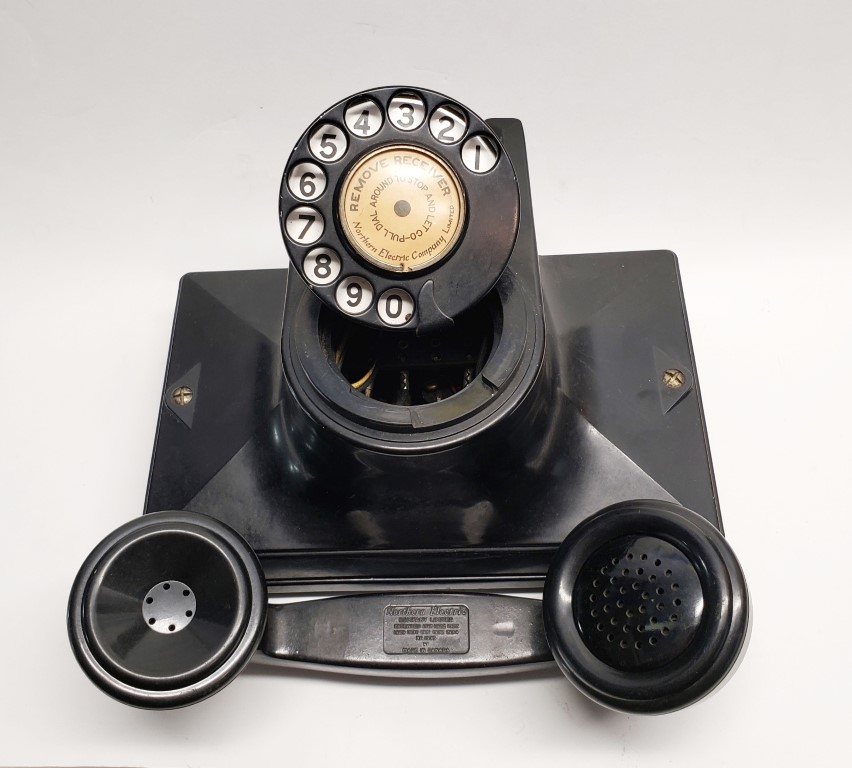
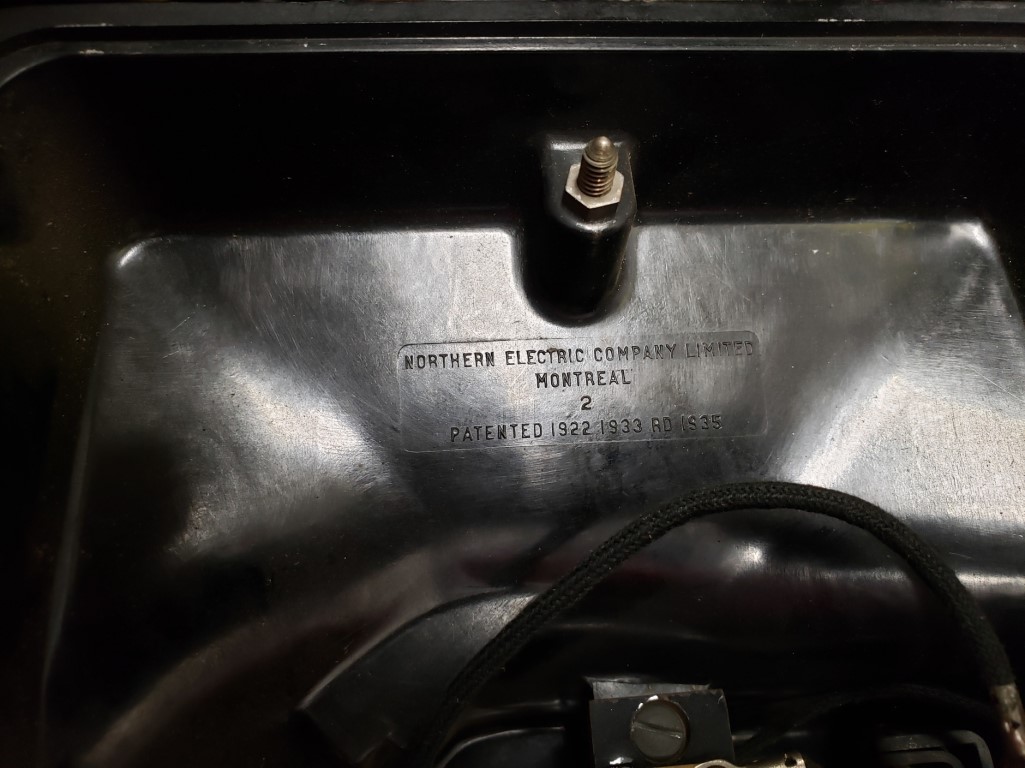
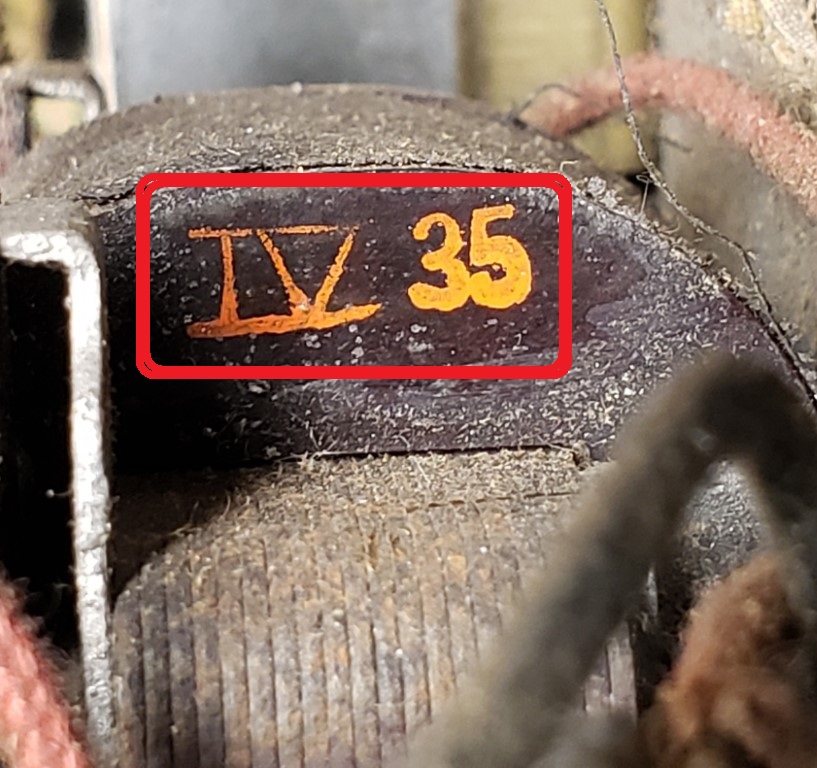
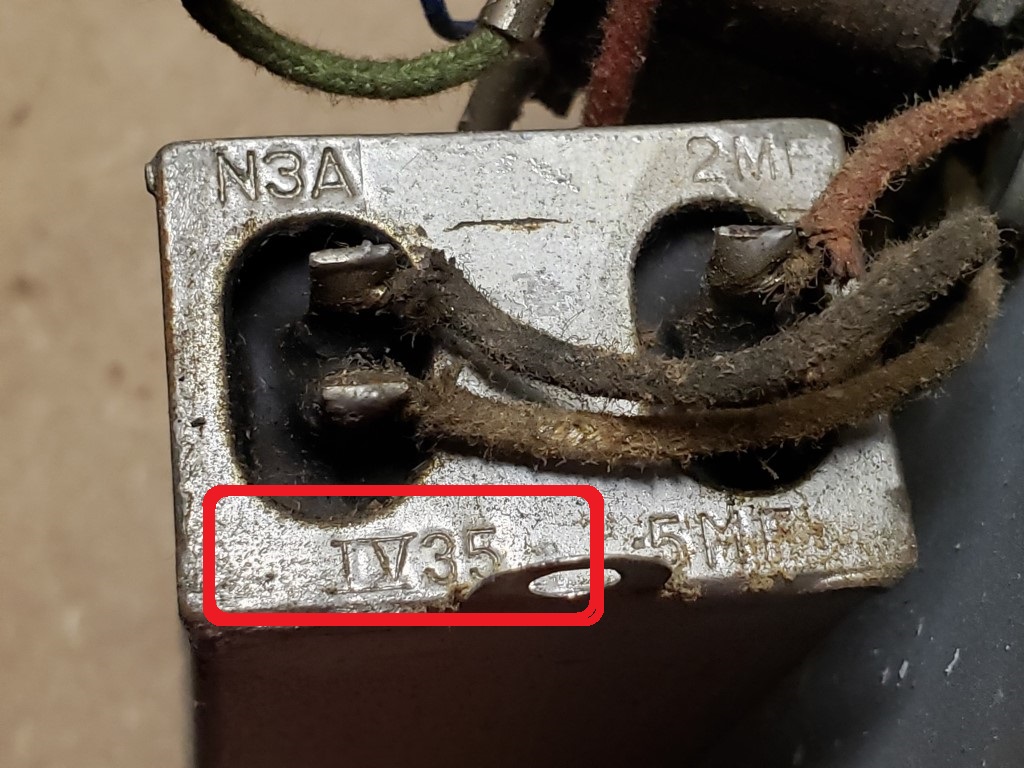
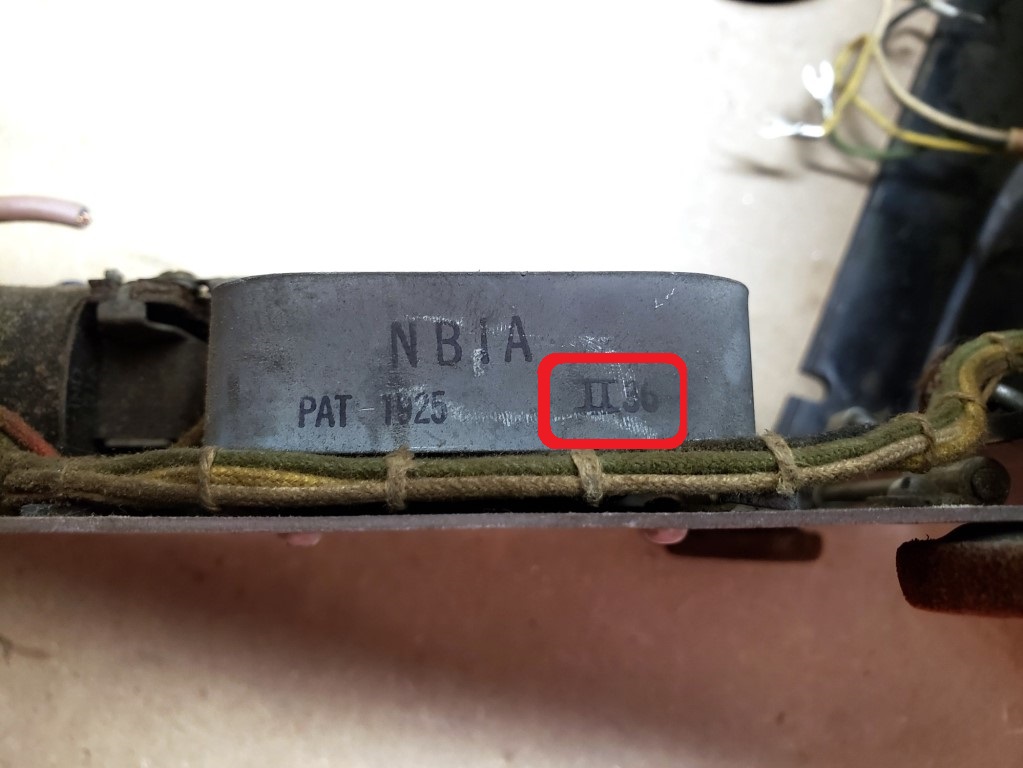
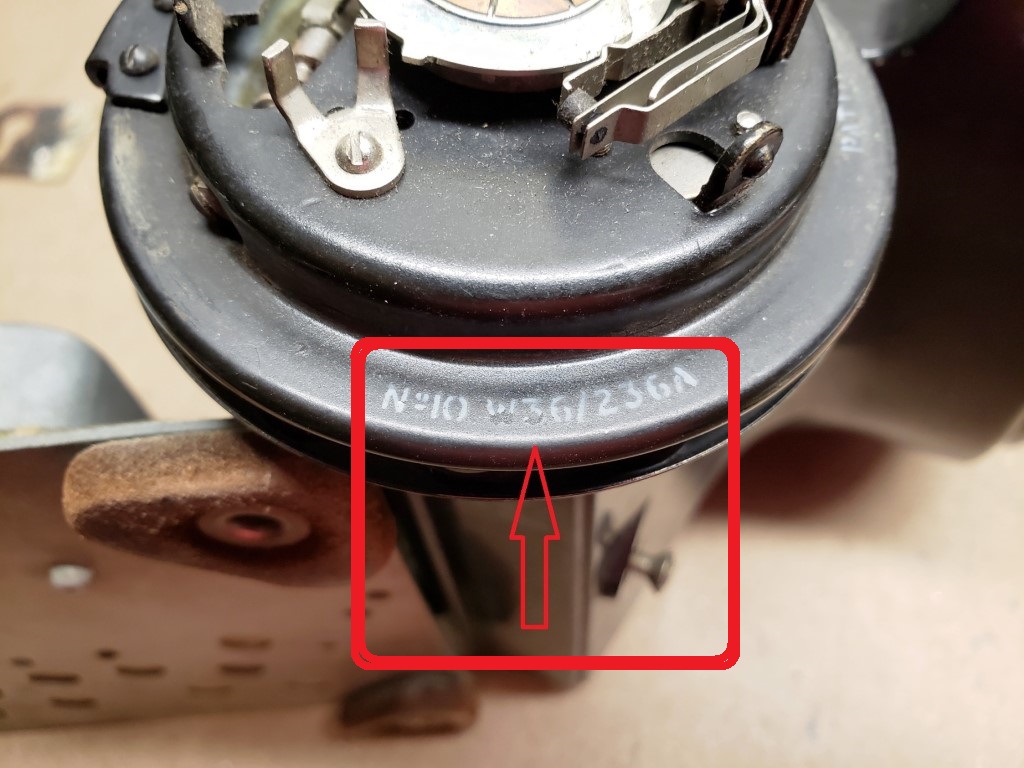
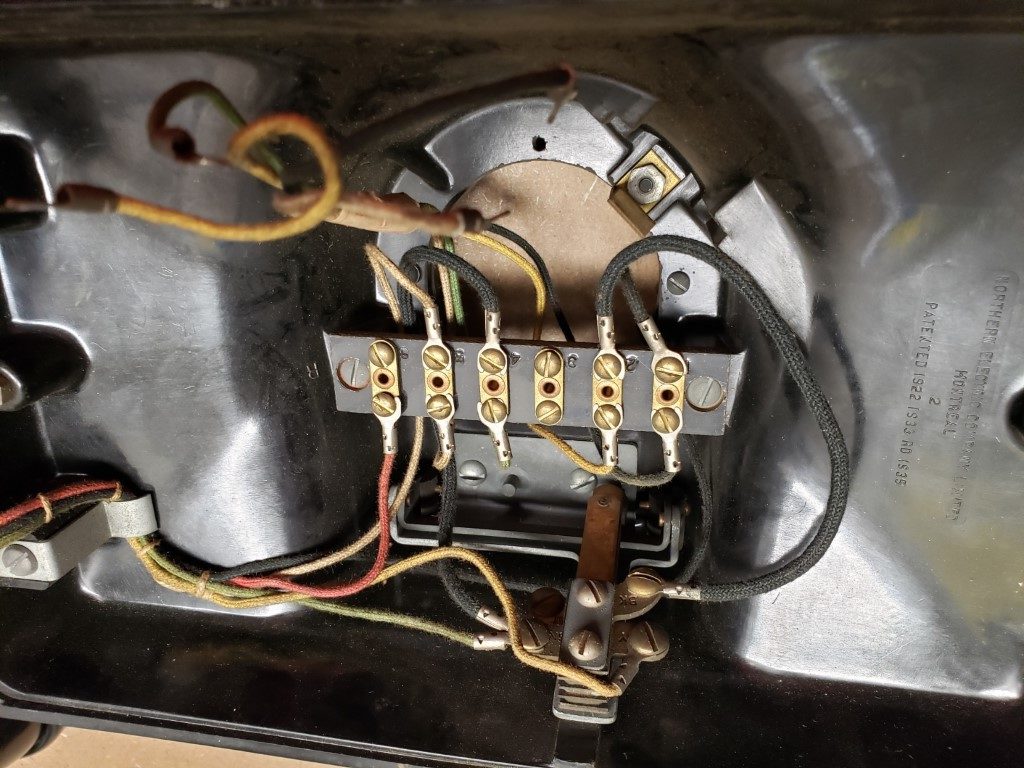
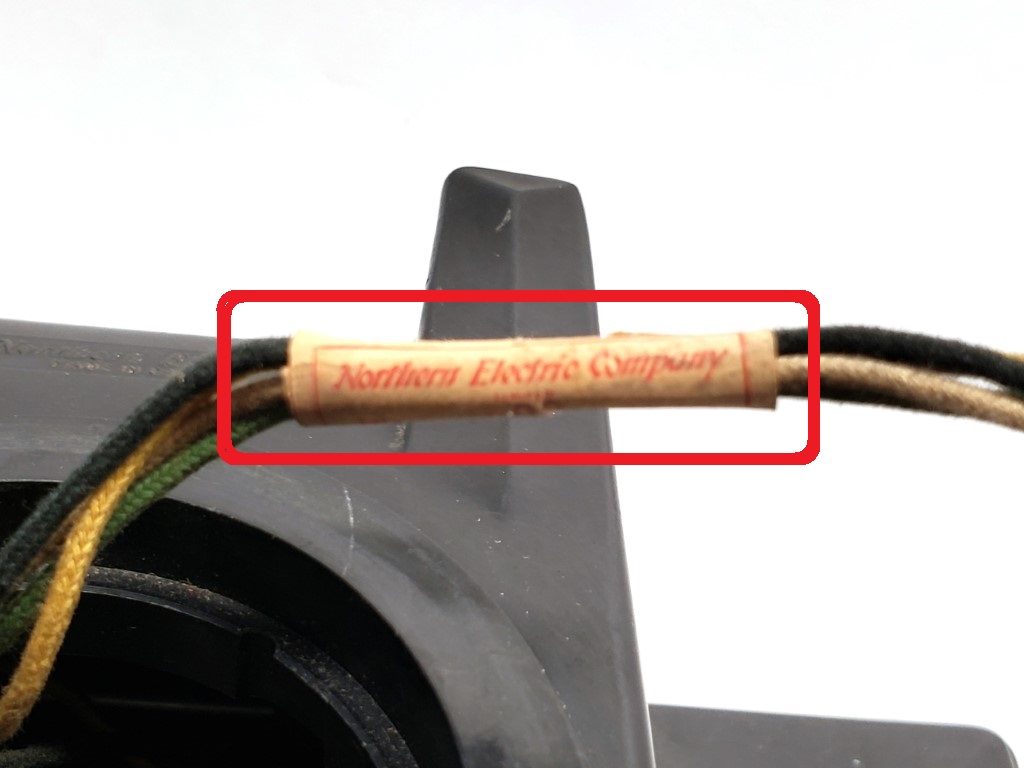
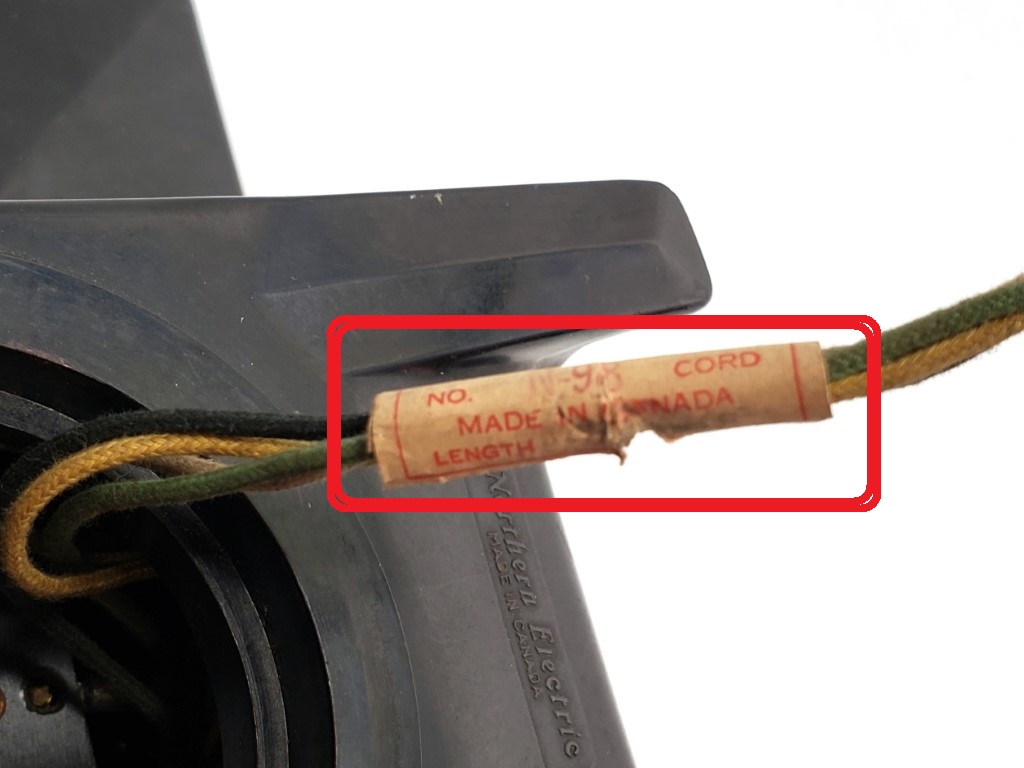
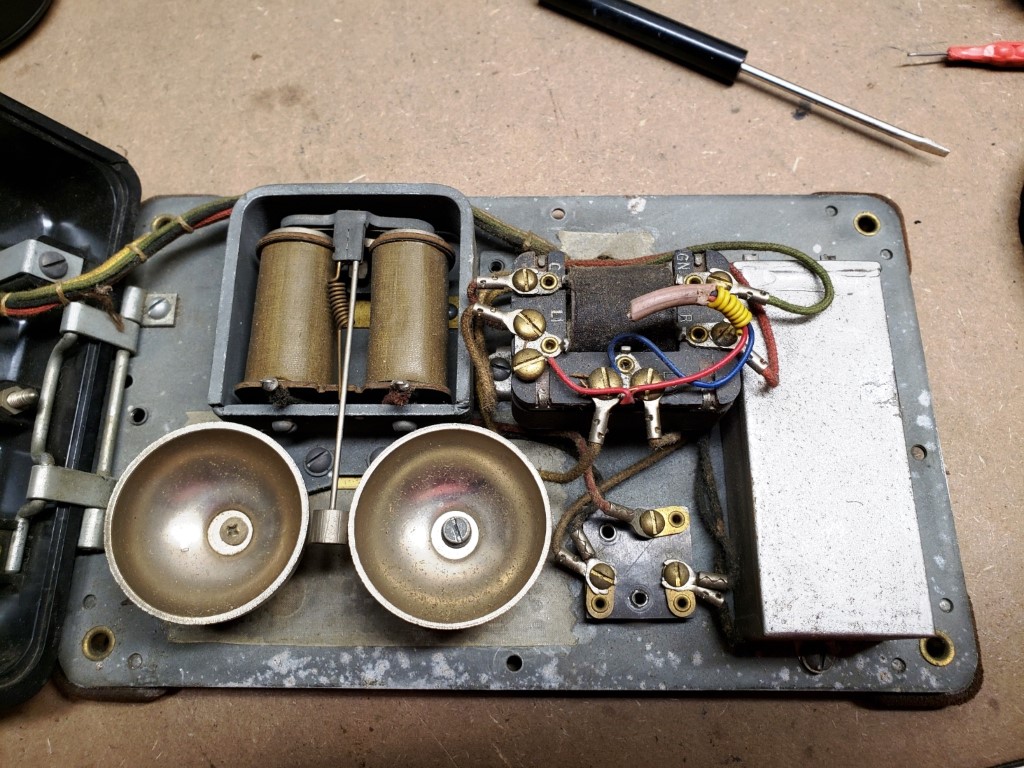
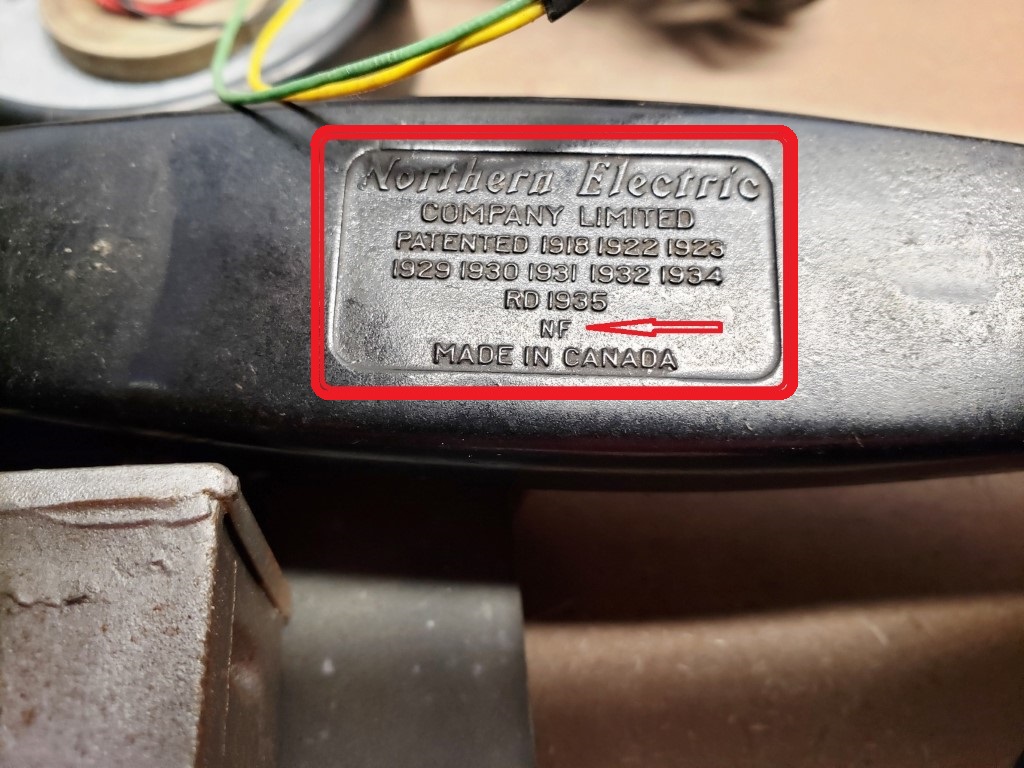
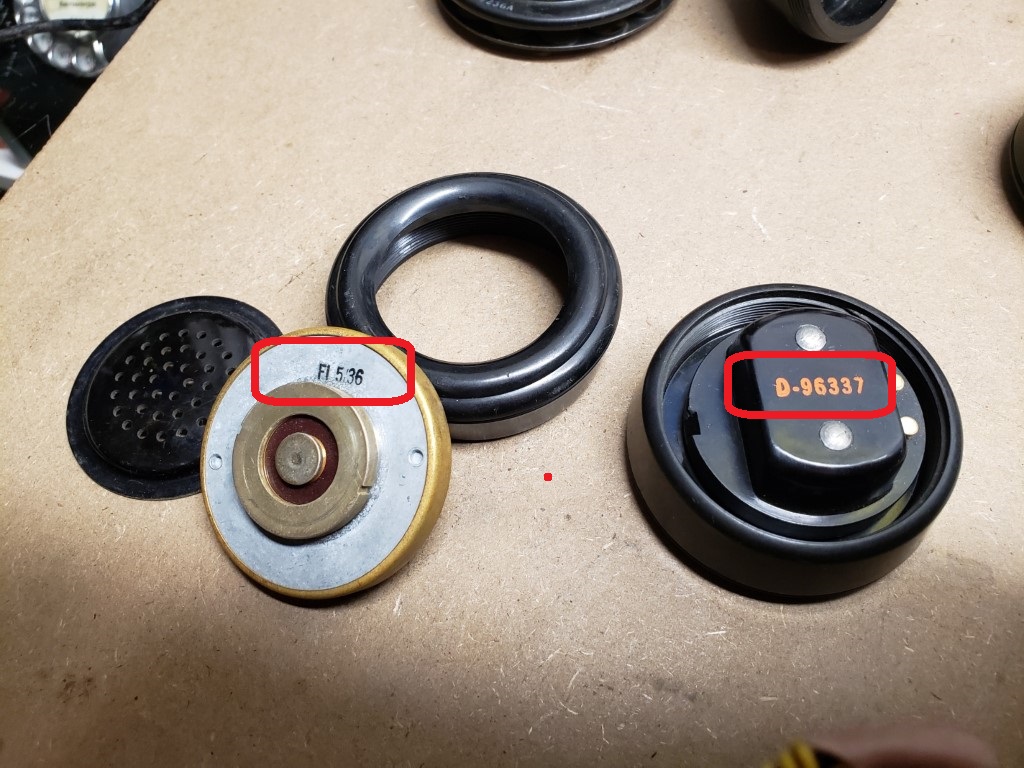
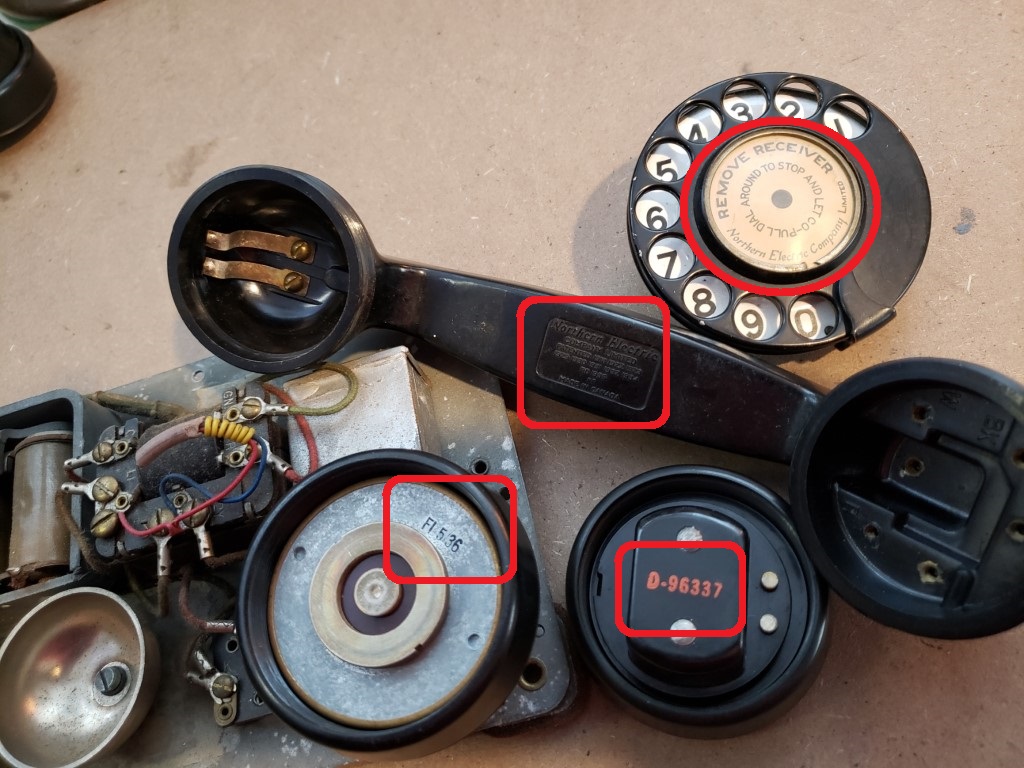
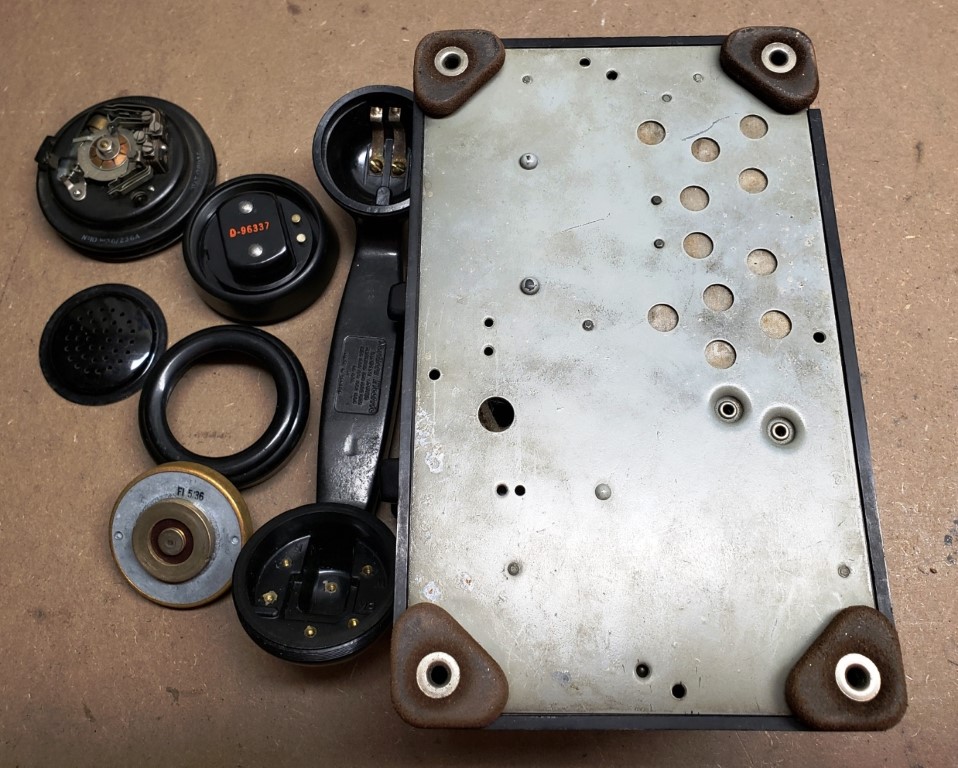
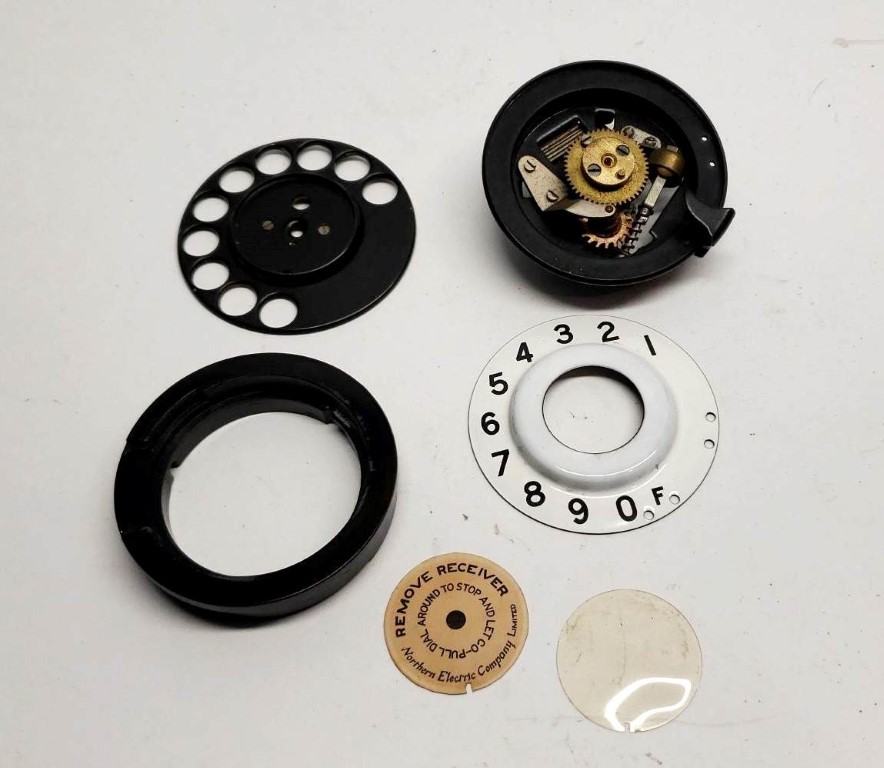
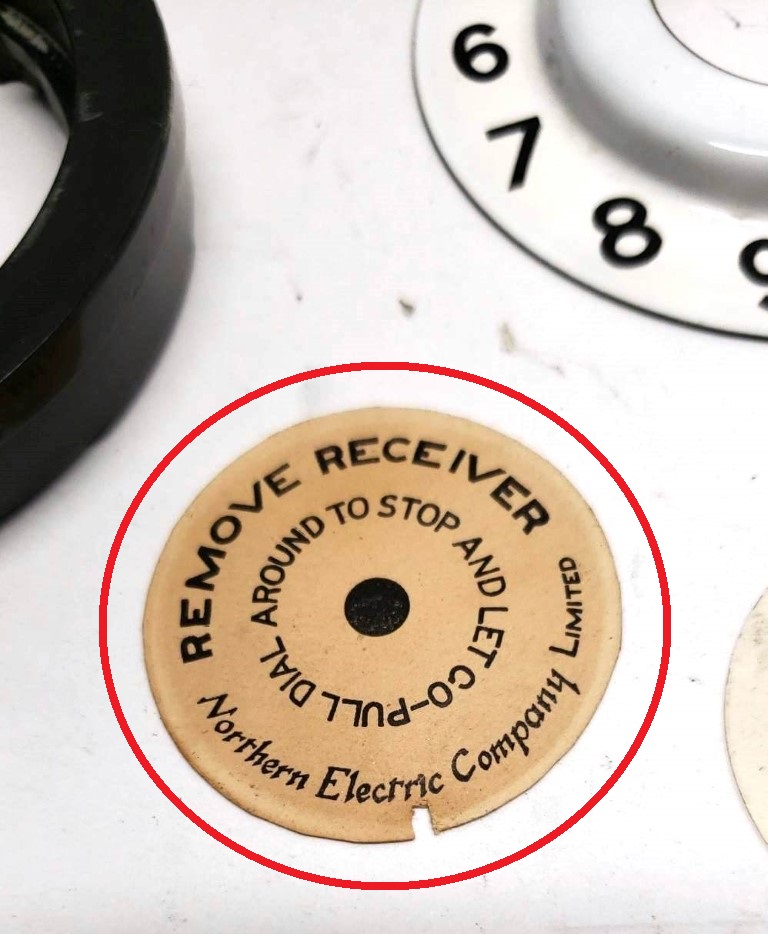
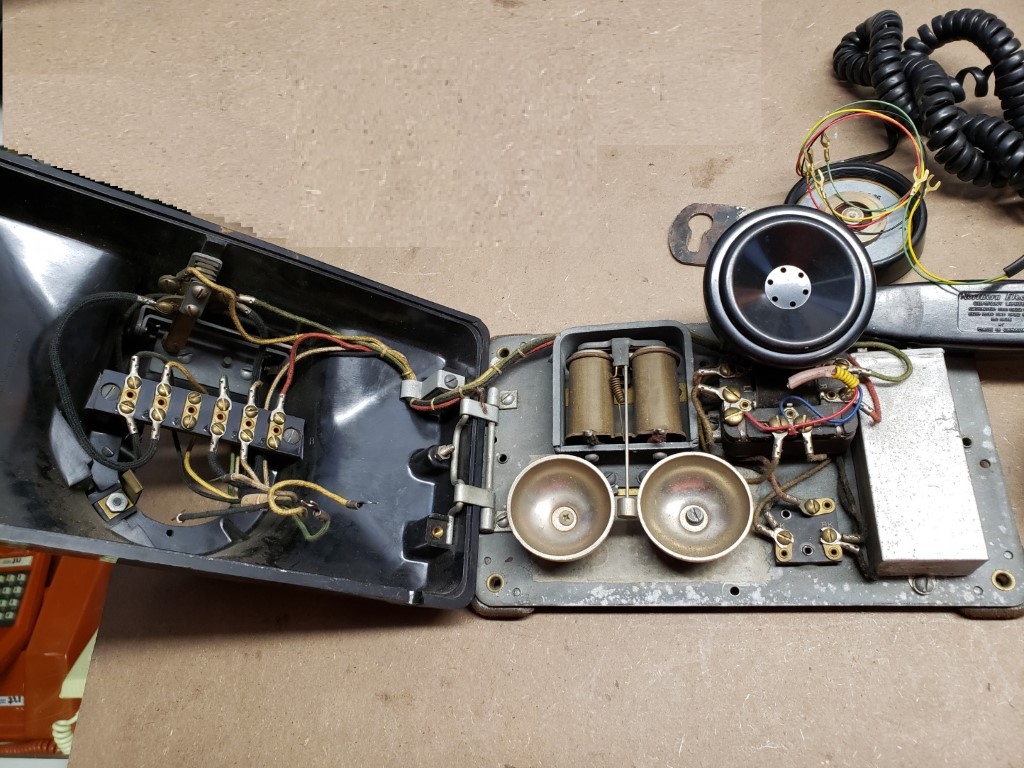
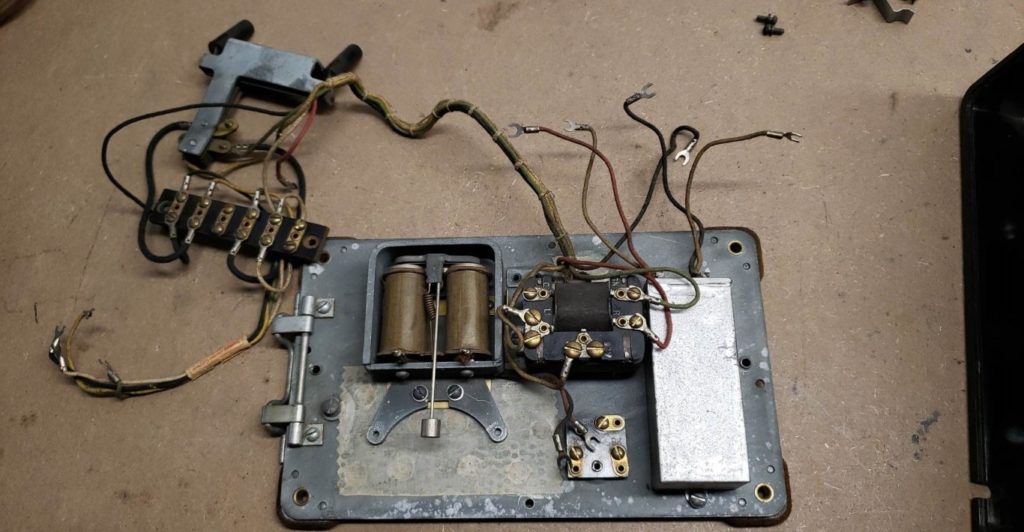
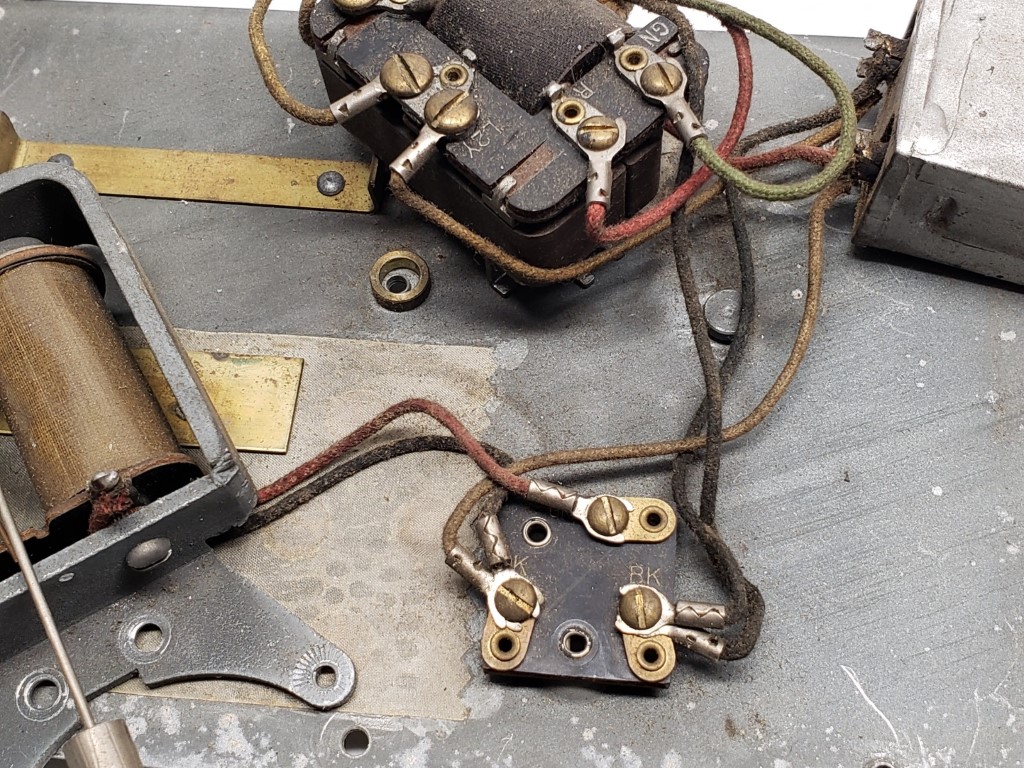
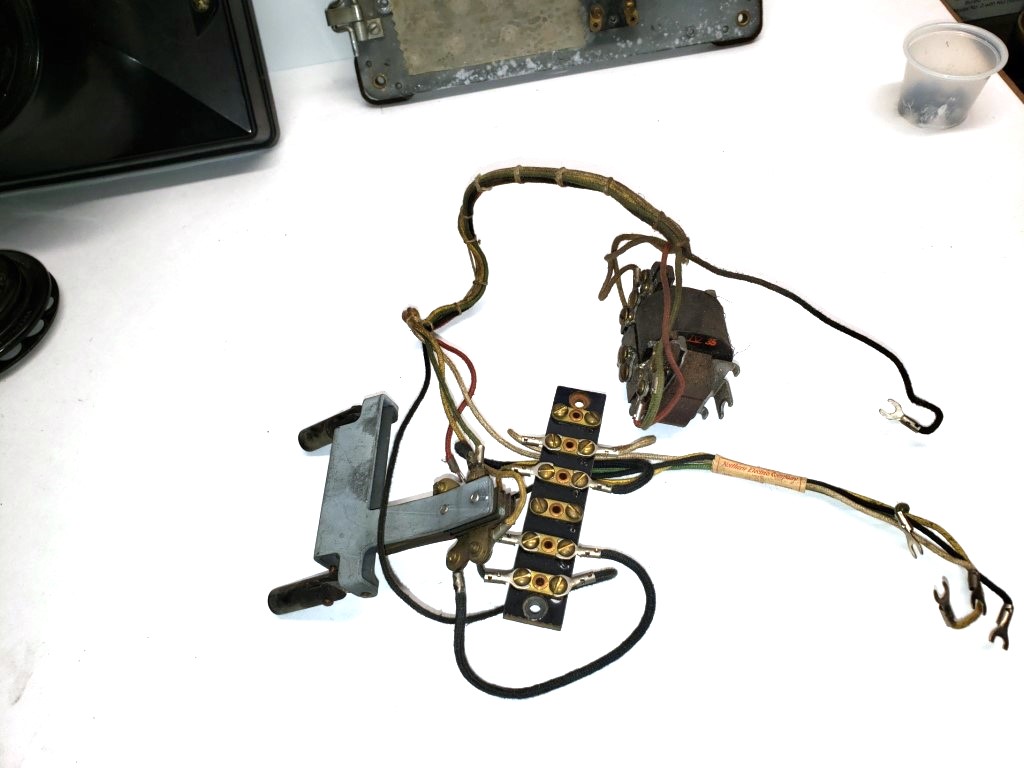
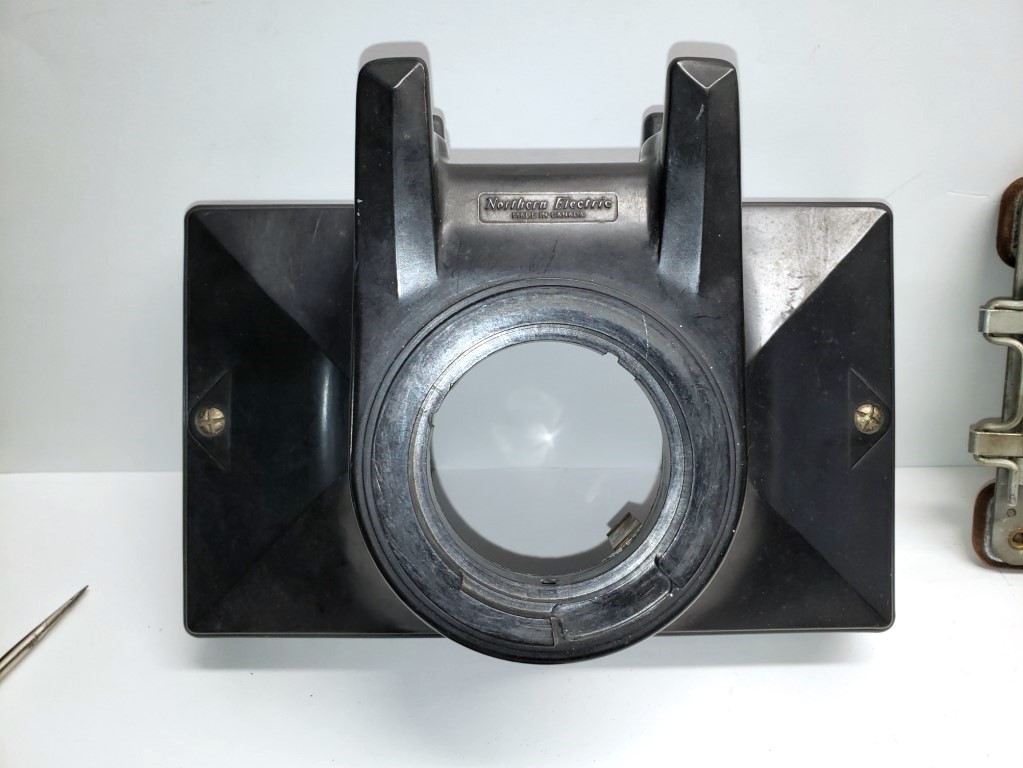
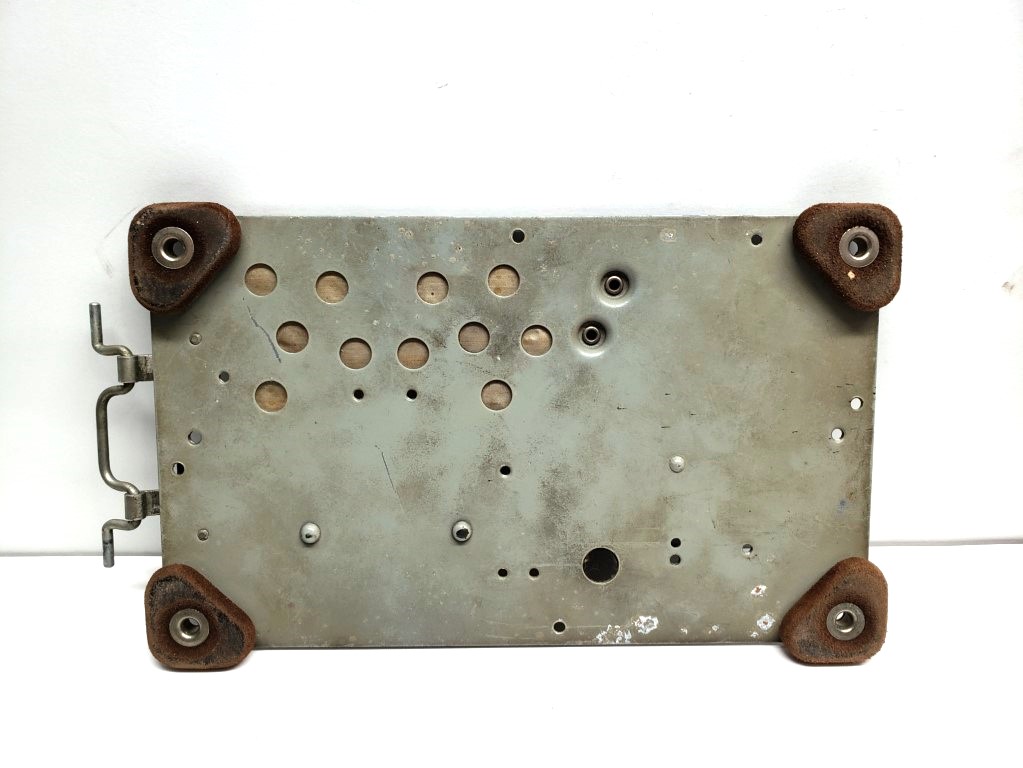
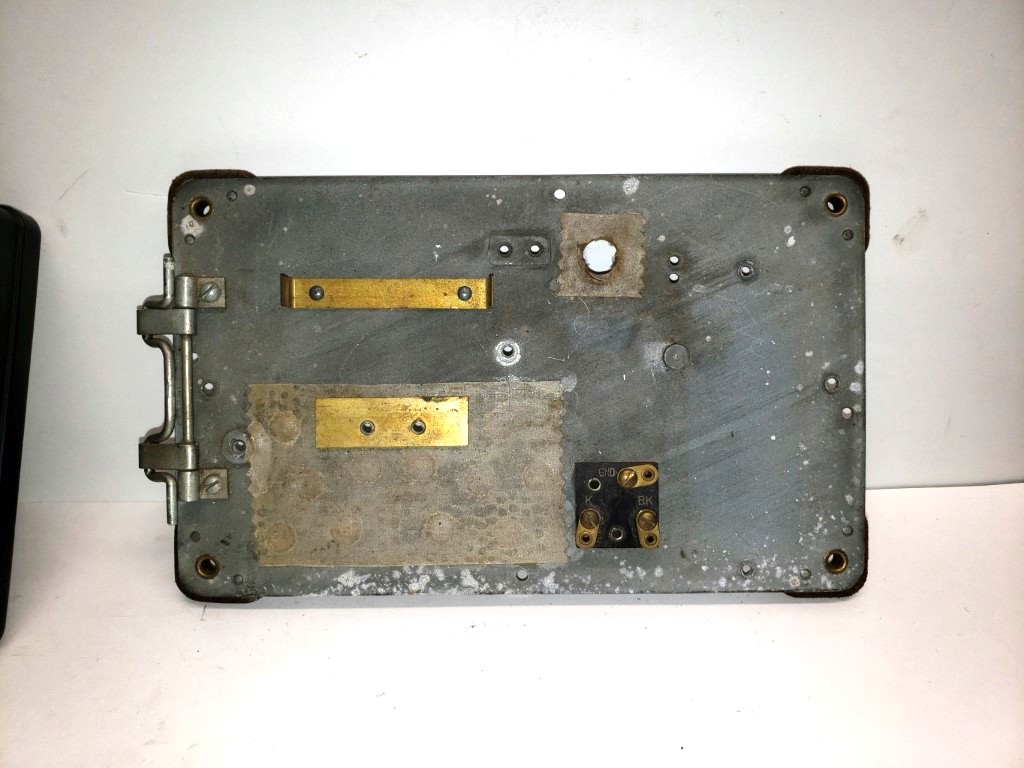
1935-36 Northern Electric #2 Uniphone cleaned
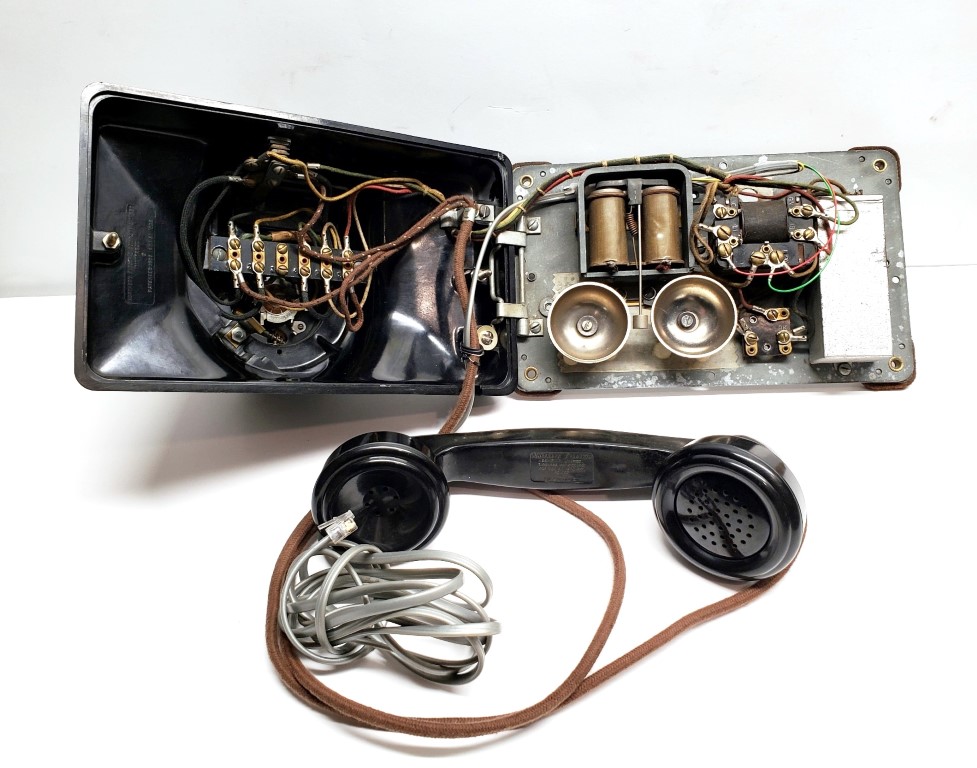
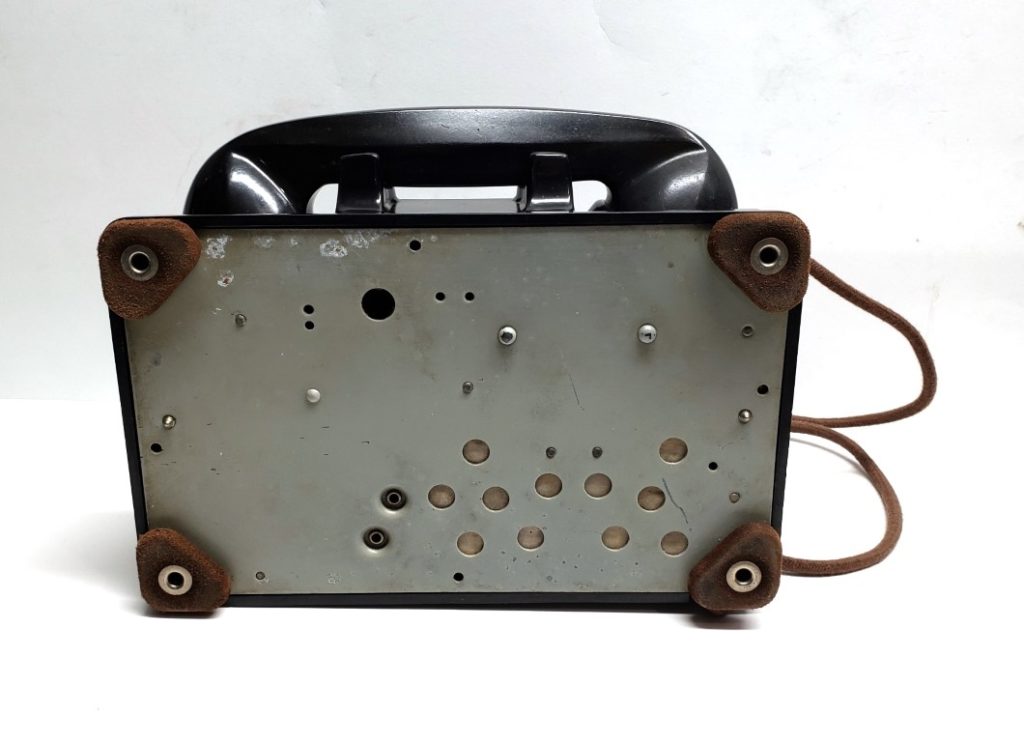

1935-36 Northern Electric #2 Uniphone Fully Restored by Jeff Lamb
Quoted from Jeff Lamb. “Your Uniphone No. 2 is all done. Dial has been cleaned, serviced and calibrated. The governor clutch on the dial was seized, which I found a bit odd. But British dials are deceiving. There’s so much stainless steel and brass, it’s hard to find rust anywhere, which is what the problem was with the governor clutch. The condenser is repaired with new modern capacitors hidden inside. I washed the main wiring harness cleaned the inside of the Uniphone case, the base plate and the 4 leather feet. As you can see, I’ve painted the base grey. I added a rubber grommet to the back plate as that’s where the line cords were normally routed, and also because the opening in the Bakelite case along the bottom edge on the left side, is for the handset cord, and when I initially installed the line cord as well, and closed the case, things were just too tight and both cords were compressed quite a bit. So I moved the line cord to the hole in the back plate and added a grommet to protect the cord. It can still be mounted on a wall, as the leather feet provide enough of a space between the base and the wall to allow the line cord space to be routed down a wall to a jack.”
